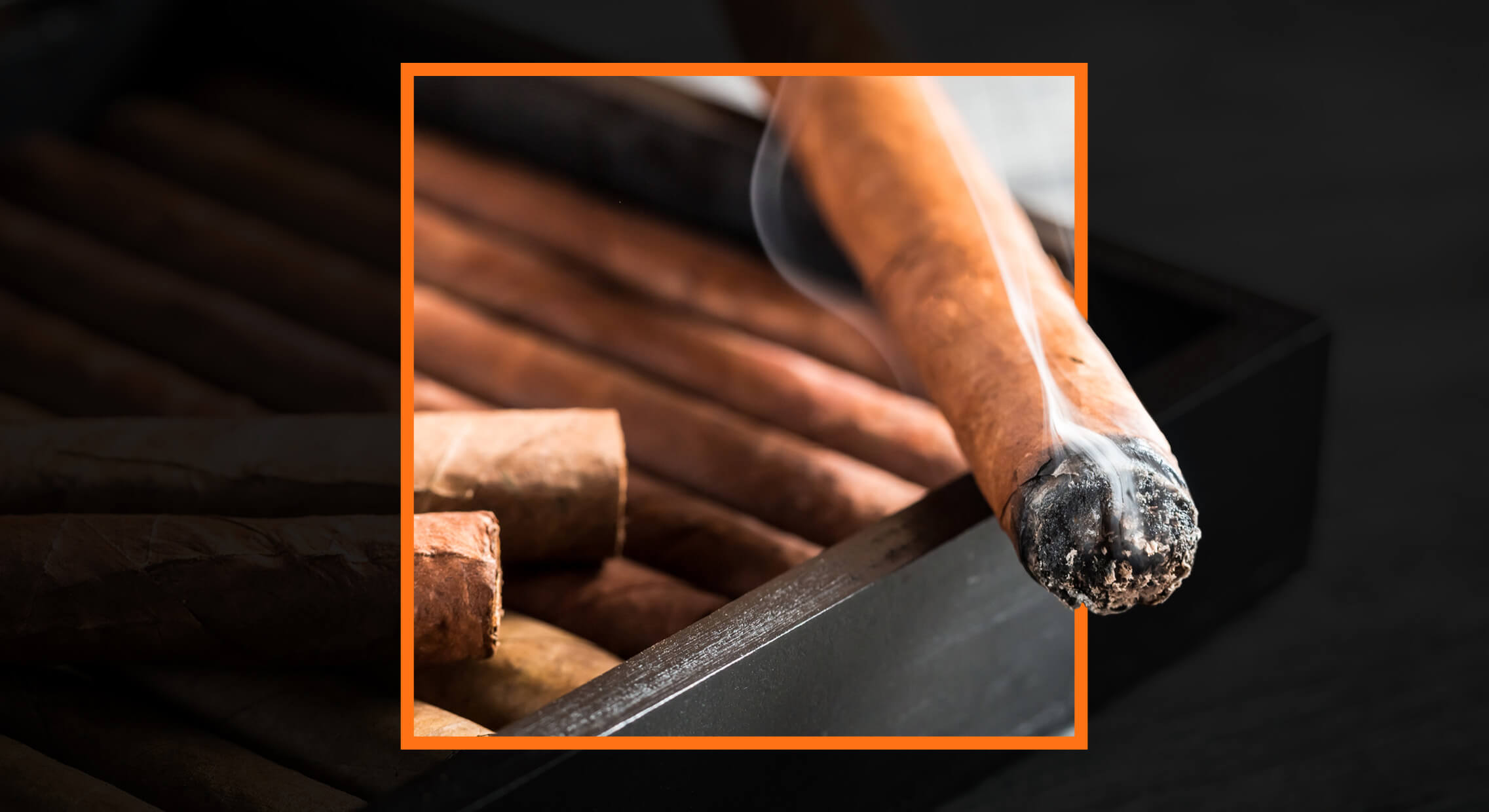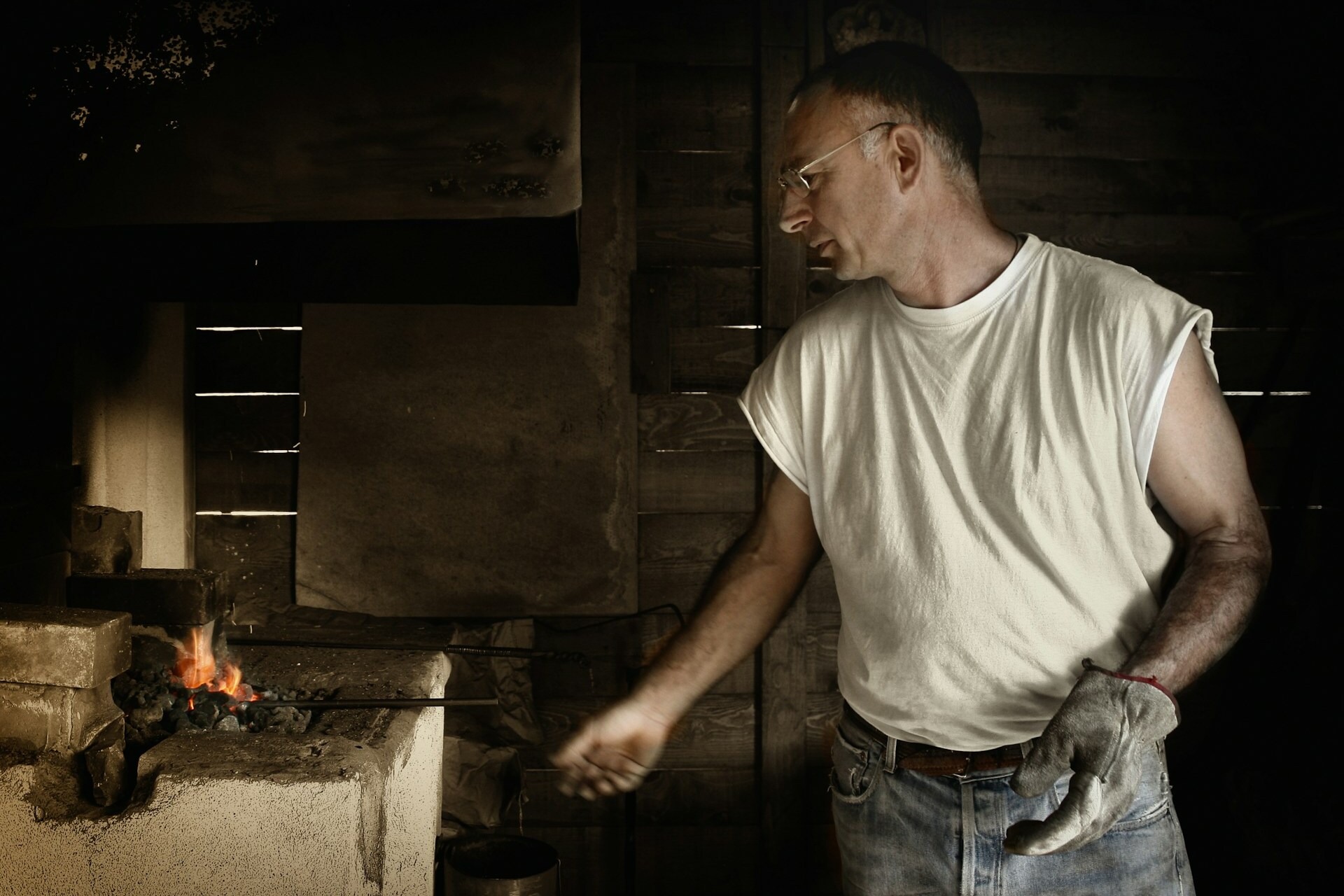A Complete Guide to Cigars for Beginners
Jul 25, 2022

As an Amazon Associate, Modded gets commissions for purchases made through links in this post.
There are many myths surrounding the art of cigar smoking. People often think they need to be rich, retired or a recently-crowned sports champion to enjoy the experience, but that’s not the case at all. In fact, cigars are for everyone, and it’s not hard to find a good one for less than $20. If you’ve been wanting to try cigars but you’re not sure where to start, here’s a complete guide to cigars for beginners.
What is a Cigar?
A cigar is a tobacco-filled cylindrical smoking device designed for a slow burn. To be clear: it’s not the same as a cigarette. A cigar will give you a moderate nicotine buzz depending on the brand and your tolerance to tobacco, but it shouldn’t be that intense. In fact, inhaling too much cigar smoke will make you nauseous and dizzy.
Most cigar smokers don’t care much about the buzz, anyway. The flavor and aroma of the cigar are the main attractions. Cigars have a wide variety of flavor profiles, from tangy to earthy to metallic. The scent creates a relaxing environment around the smoker, while the slow burn keeps it going for 30+ minutes.
A cigar is just another small pleasure in life, like having a cold beer on a Friday evening or enjoying a big homemade breakfast. It has no real purpose except to provide the user with a pleasant experience. That’s why they often make appearances at bachelor parties and other similar occasions, even if none of the attendees are frequent smokers.
A Cigar’s Structure
Now let’s get into the anatomy of cigars for beginners. The standard cigar has three essential parts you should know:
- Wrapper: the thin tobacco leaves that cover the wrapper and binder, adding more taste and texture to the cigar.
- Binder: a single tobacco leaf that protects the filler tobacco and allows for a tight, controlled burn.
- Filler: the “guts” of the cigar, often featuring a variety of tobacco leaves to create complex flavor combinations.
Other parts of the cigar like the head, foot and band are easy to remember. You light the cigar from the foot and smoke it from the head. The band is the manufacturer’s mark added to the wrapper. Pretty straightforward, right? Well, now we’re getting into specific cigar qualities: color, size and shape. These topics aren’t so straightforward.
The Six Classic Shades
Cigar smokers can easily identify their favorite cigars by their coloring. The brand’s logo on the band is also a clear indication, but beginners need to be able to differentiate between the main shades. Here are the six classic colorings for cigars:
- Claro Claro: a light-green wrapping often called a candela with a sweet taste and smell. This color used to be the most popular variety, but it has since become more rare.
- Claro: a light tan color known for its neutral, consistent flavor.
- Colorado Claro: brown reddish-brown wrapping with a rich earthy flavor and soft aroma.
- Colorado/Natural: natural cigars range from light brown to brown, depending on how much time they spend growing under full sun exposure.
- Colorado Maduro: dark brown with an oily texture and strong ripe flavors.
- Maduro/Oscuro: the darkest and most mature wrappings available.
For new smokers, we recommend you try Colorado and Colorado Maduro. These are the most common shades and are generally the easiest to handle for beginners. You don’t want your first cigar’s flavor and scent to be too overpowering. Start off with neutral cigars, develop your pallet and then advance to more challenging models.
The Ring Gauge System
A cigar’s measurements – sometimes called the ring gauge system – are also important qualities beginners should know. All cigars have a ring gauge of 64 or less based on their thickness. For example, a Churchill cigar is seven inches long and ¾ inches in diameter, therefore its ring gauge is 7×48.
Cigars fall into two primary categories based on their ring gauges: parejos and figurados. Parejos are straight-shaped, while figurados often have obscure shapes and are usually longer. These categories are then divided into smaller sub-groups.
Here are the three main Parejo sub-groups:
- Corona (6×42): open head, straight body and closed foot.
- Panatela (6×38): thin cigars with a closed head and open foot.
- Lonsdale (6¾ x 42): a happy medium between coronas and panatelas with a closed head and foot.
Figurados don’t have consistent ring gauges because of their irregular and often lopsided shapes. Here are the six main types of figurados:
- Pyramid: a pointed head that widens out to an open foot.
- Belicoso: a small pyramid-shaped cigar, except for the rounded head at the top.
- Torpedo: a pointed head, closed foot and slight bulge through the middle.
- Perfecto: two closed ends with a distinct bulge through the middle.
- Culebras: three panatelas blended together.
- Diademas: giant cigar with an open foot.
Remember, these classic shapes are rough guidelines for identifying cigars for beginners. There are slight variations between manufacturers that might throw you off. Still, knowing cigars by their shape and color will help you remember your favorite flavors. It also gives you a chance to show off some cigar trivia to your friends.
Best Cigar Brands for Beginners
As previously mentioned, newbies should start with simple cigars before experimenting with unique flavors and scents. Cigar smoke is stronger and comes in larger quantities than smoke from cigarettes, vapes and nicotine sticks. These brands all provide great first cigars for beginners:
- Ashton Classic
- Macanudo Cafe
- La Aroma de Cuba
- Romeo y Julieta
- Padron
- Montecristo
- San Cristobal Elegencia
All of these brands have mild to medium cigars for beginners to test their tolerance. They also all come from the Dominican Republic and Nicaragua – the world’s most prominent cigar producers. Honduras, Indonesia and Italy are also big players. Cuba continues to make its own cigars, but they’re not available for legal purchase in the United States.
Cigar Smoking Tips
Smoking cigars requires patience and awareness. The largest cigars can take over an hour to burn through, and you always have to be aware of ash accumulation. Here are some cigar-smoking tips beginners should know.
- Make sure you cut the cigar evenly around the foot to ensure a consistent burn around the whole cigar.
- Remember not to inhale. Just puff on the cigar and keep the smoke in your mouth.
- Cigars can get create a lot of smoke in a hurry, so it’s probably best to take the cigar outside.
- Wherever you smoke, keep an ashtray close at hand.
- Brush up on your cigar knowledge and etiquette when you smoke with other people.
- To keep track of your favorite cigars, hold onto the bands or take a picture for safekeeping.
- If you want to store cigars for future use, get a reliable humidor to keep them fresh.
As with any other smoking device, you need to use it responsibly. Stay mindful of your smoking habits and don’t spark up around anyone who might be sensitive to the smoke.
Join the Cigar Community
Smoking a cigar is about enjoying the whole experience – the flavors, the smells and the smoke gathering around you. The nicotine buzz is just a bonus. The global community of cigar enthusiasts is always welcoming new members. Pull up a chair, light one up and enjoy!





